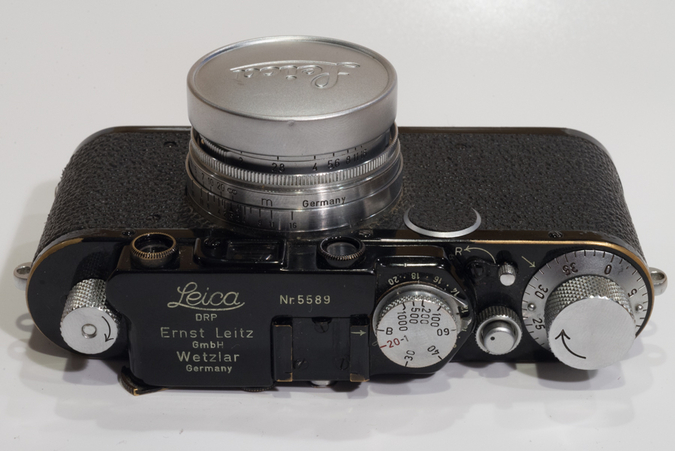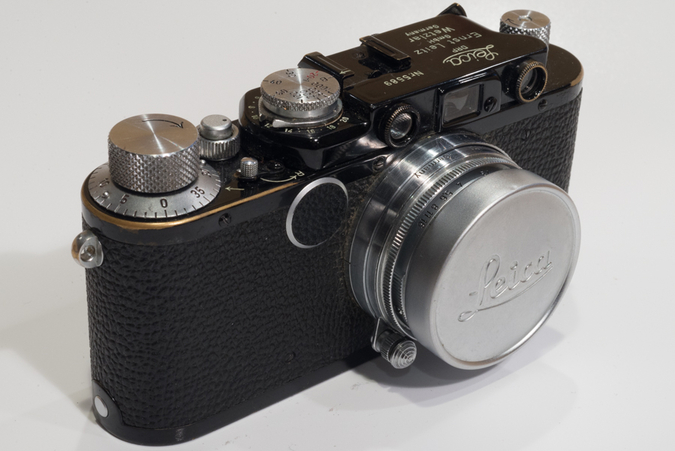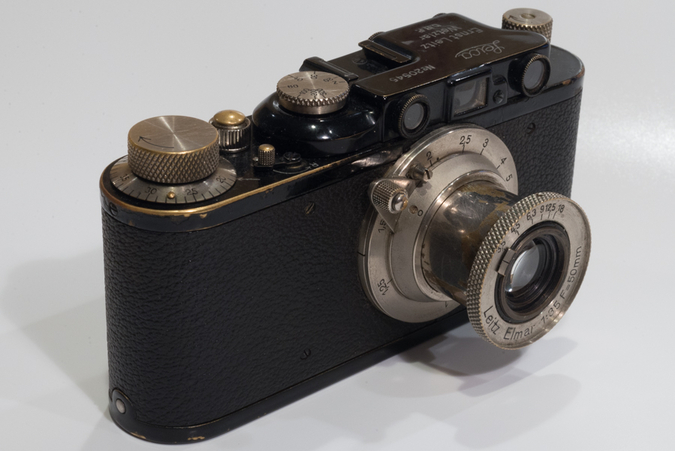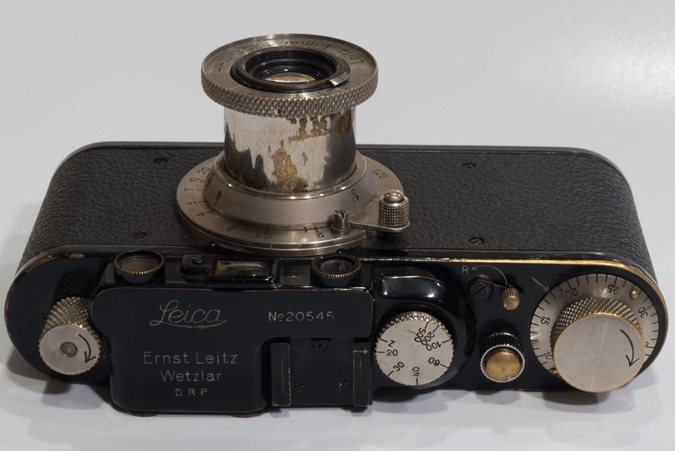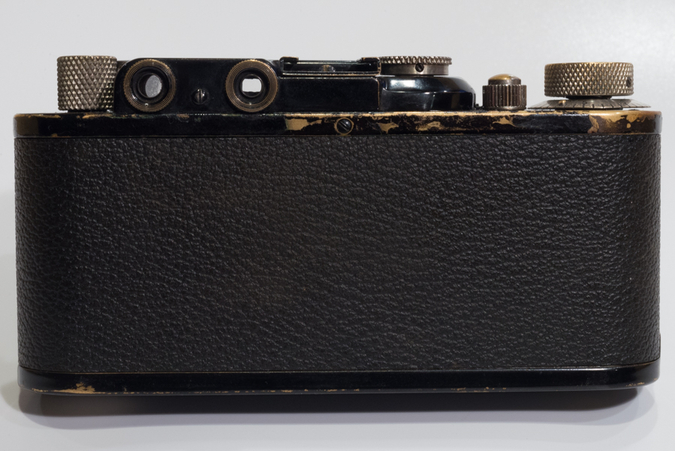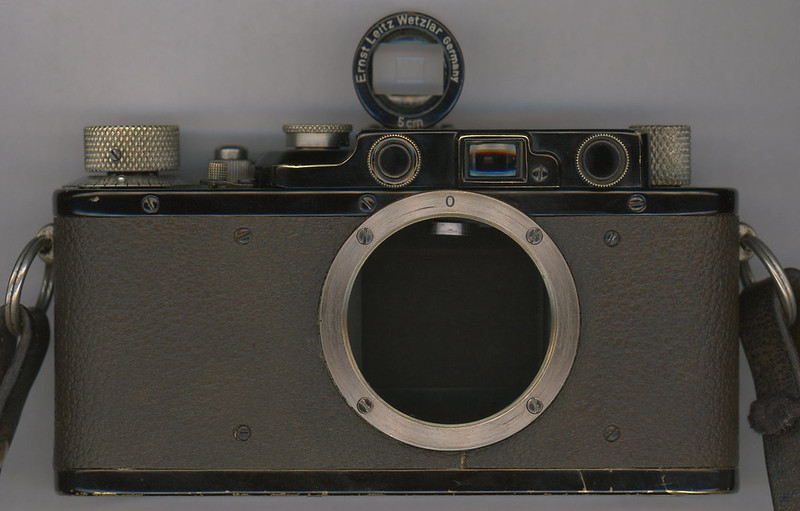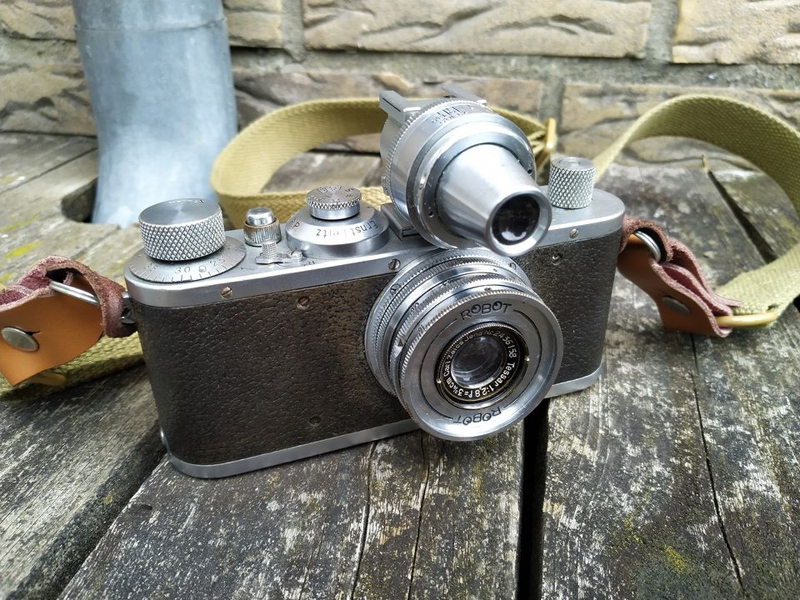johannielscom
Snorting silver salts
@erik, hahaha, I admit I'm pretty thrilled about it. Your post-1955 conversion was an inspiration to me, awesome camera!
This was expensive for me but it just sat there for weeks on end, with 25+ people following it and nobody pulled the trigger, in the end I had to buy it and eat noodle soup for a few weeks 😀
The engraving error and also the newer shutter speed dial on the old mechanism makes it more interesting imho. It lines up at 1/40th but not slower than that

@Michael, I love that scan of your conversions top plates! To one day find a black paint conversion to IIIa syn like your camera on the left would be so awesome too
This was expensive for me but it just sat there for weeks on end, with 25+ people following it and nobody pulled the trigger, in the end I had to buy it and eat noodle soup for a few weeks 😀
The engraving error and also the newer shutter speed dial on the old mechanism makes it more interesting imho. It lines up at 1/40th but not slower than that

Johan, I think second from the right, 63028 is the same as yours (apart from the fact that it has no strap lugs!)?
I see yours does not have an H on the end of GMB. Is this an error or something to do with Germany's complex post war past?
Scan-130412-0004 by dralowid, on Flickr
@Michael, I love that scan of your conversions top plates! To one day find a black paint conversion to IIIa syn like your camera on the left would be so awesome too


